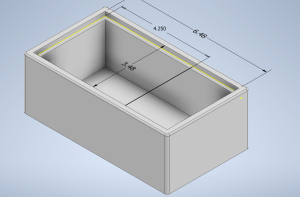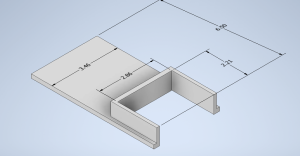This week, we tested the PCB and found that it was having some issue, so we shifted to getting a functional implementation using perf boards to ensure that we have something to demo. If some members have spare time, they may try to find the PCB issue and fix it after the perf board implementation is tested, so we may return to a PCB implementation by the demo. We had planned for this situation, and used backup designs and backup parts ordered earlier to make the perf board version, but there will likely still be some effect on the noise within the signal due to this change. The main risks are that something with the perf board version does not work in testing, which is unlikely due to our previous prototyping but would be very bad for the project, and that something with the final audio processing code has an issue. As the perf board implementation was already the backup for the PCB, our options for backup plans are limited, but we do have some plans for how to manage certain issues if they come up.
Unit and System Tests:
Audio Processing Software Testing: Simulated the code in python with a premade audio signal, found that the delay was fully accurate and the pitch was shifted to the correct note.
Microcontroller Testing: Testing the Daisy Seed for latency and accuracy of delay effect, found minimal latency from the MC itself, and that the delay effect was providing the expected outcome.
I/O Testing: Testing the I/O code with a prototype circuit to make sure it functions correctly, had some issues with the library used for the microcontroller, but fixed them and got I/O fully functional.
Prototype Testing: Testing combine audio processing and I/O code with prototype version of the circuit, found that delay effect produces less than 0.5ms of latency, is accurate, and that the amplitude attenuation is accurate within 1 percent of the goal, all while the I/O code is fully functional.
Full System Testing: Testing final implementation for correctness and that all the metrics from previous tests are maintained, as well as testing for pitch shift accuracy on final implementation and for signal to noise ratio. Not finished yet due to delay from PCB issue, should be done Sunday or Monday.


